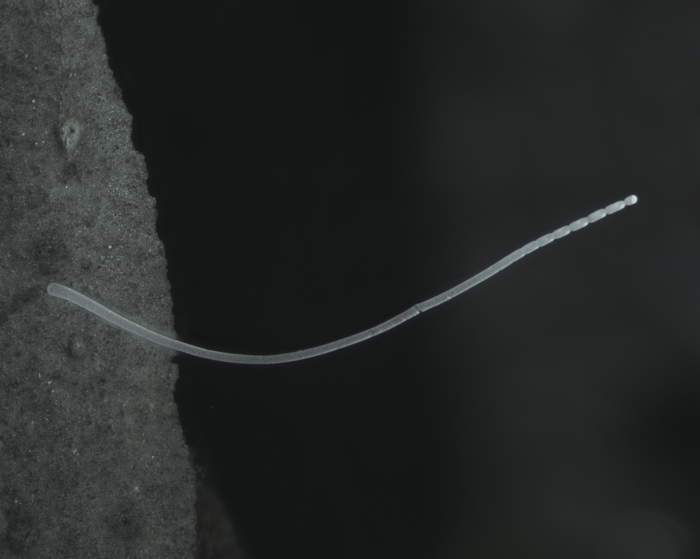It defies the
laws of biology
hitherto considered a dogma, the
giant
bacterium
visible to the naked eye
.
It is
one centimeter long
and was discovered in the mangrove swamps in the
Caribbean
, in the
Guadeloupe archipelago
.
Called
Thiomargarita magnifica
, not only is it
5,000 times larger than most bacteria
, it also has a
complex internal structure.
, which likely allowed him to circumvent the common physical and energy limitations encountered by his relatives.
The discovery, published in the journal Science, is due to the American Lawrence Berkeley National Laboratory and suggests that this may be only the first of a group of
giant
bacteria yet
to be discovered
.
"We can certainly expect the discovery of other bacteria, even larger ones: it is a type that usually lives in very inhospitable environments and therefore are
still little studied
", says to ANSA Fiorentina Ascenzioni, professor of Microbiology at Sapienza Universita. ' From Rome.
"Among other things, they could make us better understand the
evolution of life on Earth
- continues Ascenzioni - because they could present intermediate characteristics between bacteria and more complex organisms. "
Traditionally, bacteria are visible only by means of microscopes capable of magnifying the observed object from 100 to 1,000 times, but in this case it is It was possible to see the new bacterium without using any tools. "To put it in the right context, it would be like imagining a human being meeting another human as tall as Everest," says Jean-Marie Volland, who coordinated the study. .
The organism has been identified, in the form of
thin white filaments
, on the leaves of the mangroves that have fallen into the water of the swamp. "We continue to call them microorganisms, but by now
we know that not all of them are so small
", Ascenzioni affirms:" It is not the first example of a giant bacterium, in fact it belongs to the genus Thiomargarita, which collects large bacteria, and by now we have similar examples also among viruses "
. subjected to more in-depth analyzes, the researchers found that the DNA of the bacterium Thiomargarita magnifica, instead of being free inside the single cell as is typical of other similar microorganisms, is enclosed within
structures composed of membranes
: this is a
decidedly higher level of organization
, which can be found in much more complex cells.
"This is a novelty, but the DNA is atypical also for its size", adds the professor of Sapienza: "it is about three times that of an average bacterium and the same is true for the number of genes".
According to the authors of the study, the combination of these extraordinary characteristics may have allowed the giant bacterium to reach its extraordinary size.
However , the question
of how and why these organisms evolved in this way
remains open.












